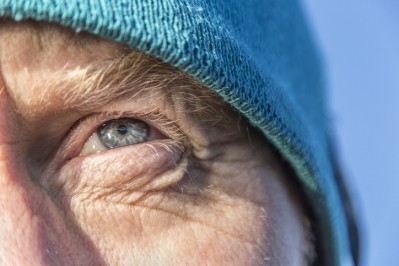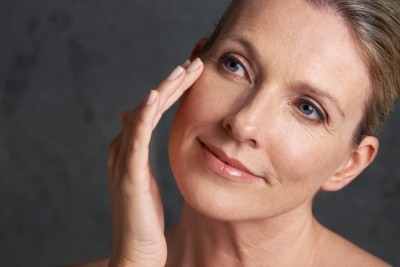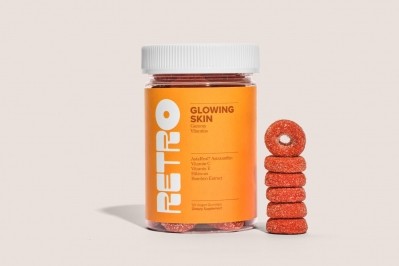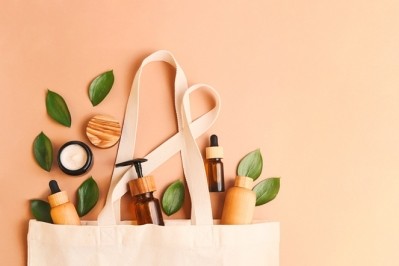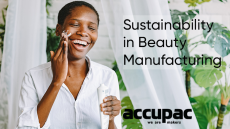5 US beauty trends for 2022: A close look on areas to keep an eye on in the New Year
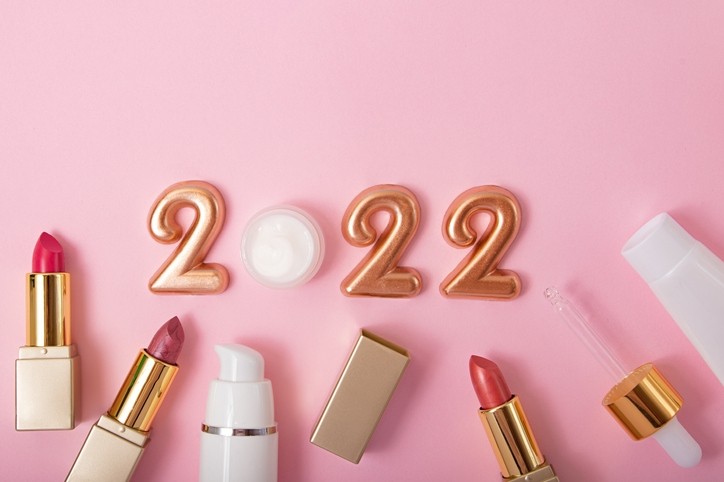
While none of us can see what’s coming, at CosmeticsDesign we have searched our crystal ball of industry research, interviews, trends, launches and knowledge to bring you 15 global trends for 2022.
— Ravyn Cullor (@RCullor99) December 21, 2021
Below is a deeper dive into the five trends for the US in 2022:
Upcycled ingredients
Cosmetic ingredients developed from byproducts of other manufacturing processes, usually from the food industry, are not entirely new. Many ingredients have been developed in an upcycled fashion for years, but releases of new upcycled ingredients and research into new sources have thrived in 2021.
NYSCC Supplier’s Day showcased a wide variety of ingredient types, including powders, antioxidants and preservatives. Many of those ingredients were backed by research and performed as well or better than their synthetic counterparts.
Researchers have published papers on the use of many types of byproducts, including those from beer brewing, winemaking and olive oil production. Over the next year, many of these new ingredients and research may come to fruition in products on the market.
As consumers are more interested in sustainability and the ingredients in cosmetics, upcycled ingredients become an increasingly marketable trait in a product. While consumers of the past may not have found ingredients made from manufacturing waste attractive, they’re becoming more willing to participate in a circular business model.
Upcycled ingredients also offer the benefit of a sustainability claim which is accessible in the US. While many sustainable product terms are relatively undefined in the US compared to other markets, upcycling claims are easily proven in order to avoid greenwashing.
Highly effective botanicals
As with upcycling, botanical ingredients are not new to the market. However, in the past using botanical ingredients often meant either decreased performance or increased price, but those days may be coming to an end.
Biotechnical research and development have helped botanicals catch up to synthetics in many ways and in many ingredient categories.
Colombian company Sanam has introduced a cosmetic antioxidant derived from coffee cherries which tested more effective in ROS reduction for both blue light and urban dust exposure than two synthetic options.
American biotechnology company Genomatica has also introduced a bio-fermented solvent for the fragrance market, which performs as well as its synthetic counterpart in many formulations, and is affordable.
“We’re to that place where the economics make sense, and the performance is as good or better than the alternative,” said Genomatica Product Marketing Manager Kyle Huston.
Experts in formulation say the next step for these highly effective botanical extracts is standardizing and increasing bioactive concentrations.
Broadly, these developments are a good sign for brands wanting to tap into recent consumer interest in more natural, sustainable and biodegradable products.
Direct-to-consumer/retail hybrid in sales
2020 was the year of online shopping, and with more flexible pandemic restrictions and policies in retail environments, consumers started to venture back to in-person shopping environments, but that doesn’t mean online sales are going to die.
Digital marketing and e-commerce experts say, most cosmetics brands have leaned into an in-person model, retail and wholesale model because consumers have traditionally wanted to try products, but COVID-19 forced brands to rethink how to effectively sell during lockdowns.
According to the United Nation, online sales increase by more than $272 billion between 2018 and 2020.
Many companies built more vibrant and interactive direct-to-customer online shopping experiences. Shelly Socol, CEO of One Rockwell, said to meet the moment, brands developed routine-builder quizzes or online concierge services to elevate customer service online to an in-store level.
“What I think was different (before the pandemic) was that you’d put up your e-commerce site and create a really beautiful experience, but that’s not enough anymore,” Socol said.
Associate Director of Biddable Media at Croud Katie McMahon said consumers are now used to shopping online and it’s unlikely that DTC sales will ebb back to pre-COVID levels.
More sustainable packaging and formats
Companies across the personal care spectrum have packaging changes in their sustainability plans. Plastic is the most broadly used packaging type in cosmetics, and it is also one of the most prominent pollutants across the planet.
Among the sustainable packaging solutions are post-consumer, post-industrial and advanced recycling plastic resins, which allow companies to reduce their virgin plastic use.
While traditionally recycled plastic resin can have issues with physical characteristics, like color and structure, some major brands are turning to advanced recycling resin like that produced by Eastman because it is chemically virgin.
Outside of plastic, brands are utilizing more aluminum, paper and cardboard packaging, and paring down how much packaging they use for their products.
To accommodate for this shift, companies are also developing more waterless product types which can use less or no plastic packaging because the formats are less reactive. Some brands are also doing refillable products, which also cuts down on plastic use.
While there are many indie brands that have already positioned themselves with sustainable packaging, many multinationals have sustainability milestones approaching within the next eight years, and more packaging and format innovation will likely accompany that change.
Not-so-pretty-problems cosmetics
It’s no secret that US consumers are becoming increasingly interested in skin care products, particularly during a pandemic where makeup sales have taken a hit. Statista estimates the $18 billion markets will grow nearly 5.5% annually up until 2026.
As a chunk of that market, brands have been launched to solve consumers’ not-so-pretty-problems, outside of the traditional anti-aging market.
Brands like i-On Skincare have not only developed menopause-focused lines but done extended research into other scientific approaches to the skin care issues for their target consumers.
Other brands, like ESTAS Beauty are focusing on skin care products for scars or releasing luxury product lines for pregnancy stretch marks, like Evereden.
Brands producing these types of lines say they are both solving a problem for consumers and finding white space in an underserved type of buyer or skin care concern. As consumers in the US expand their interest in skin care, this concept can offer opportunities for new markets.
